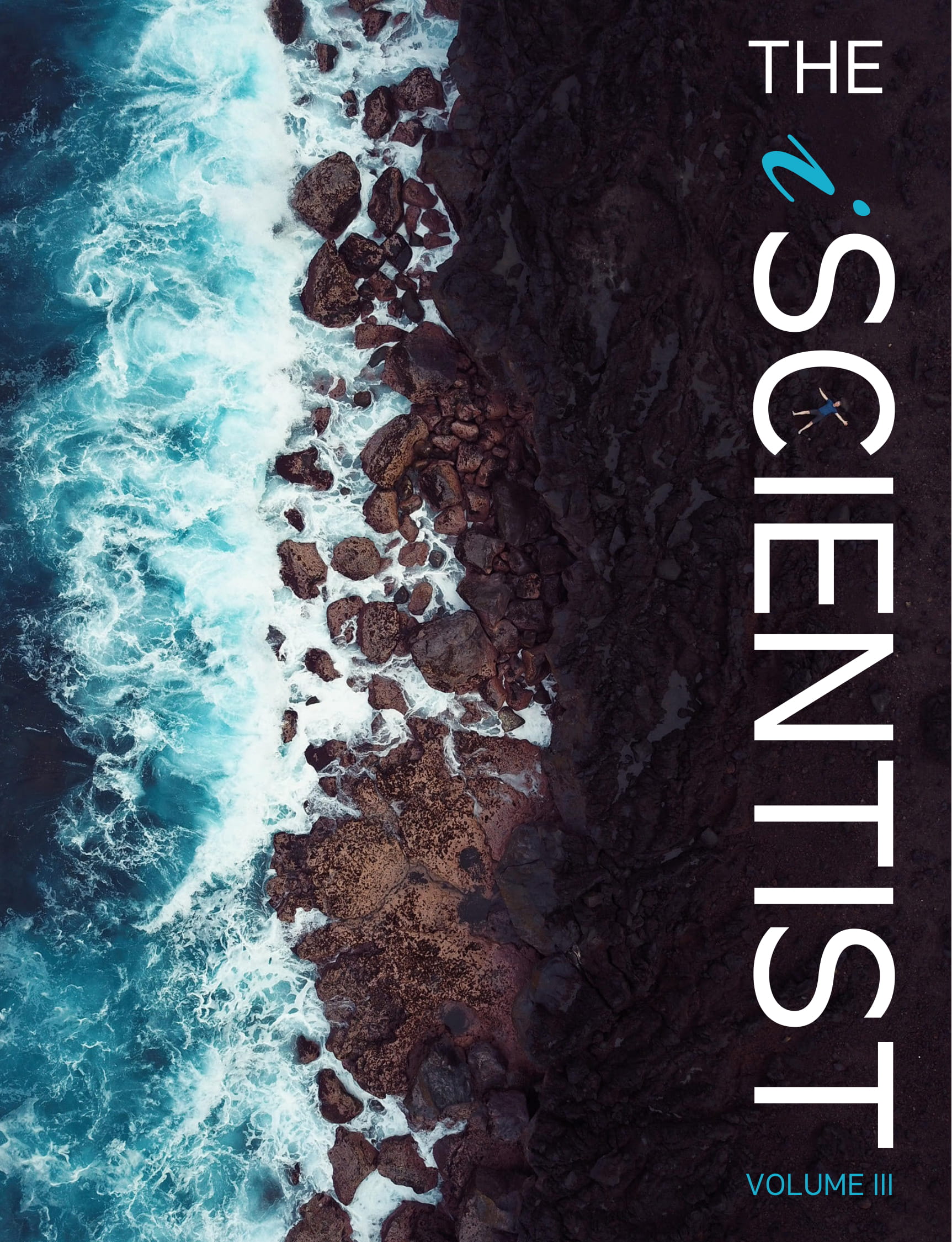How a Medical Miracle Evolved into a Human Hazard: The History of Antibiotic Resistance
Abstract
Antibiotics have saved millions of lives but the rapid development of antibiotic resistant bacteria is inevitably becoming the most dangerous public health threat. These miracle drugs are widely used in agriculture, medicine and common everyday products; however, the overuse of antibiotics is correlated with the development of drug resistance. This growing medical concern has invoked fear in the public as it impairs the ability to effectively treat infectious diseases. Starting from the serendipitous discovery of penicillin in 1928, scientific advancements and government policies have lead to controversies between scientists and industries on the use of antibiotics as the development of resistance has accelerated. This review discusses significant events, people and causes involved and identifies the time in history when antibiotic resistance became a serious public health problem.
References
Aminov, R.I., 2010. A Brief History of the Antibiotic Era: Lessons Learned and Challenges for the Future. Frontiers in Microbiology, 1(134), pp. 1-7.
Arber, W., 2014. Horizontal Gene Transfer among Bacteria and Its Role in Biological Evolution. Life : Open Access Journal, 4(2), pp.217–224.
Bottcher H., 1959. Miracle Drugs. Surrey: Bookprint Limited.
Center for Veterinary Medicine, 2017. FDA Reminds Retail Establishments of Upcoming Changes to the Use of Antibiotics in Food Animals. [WebContent] Available at: <https://www.fda.gov/AnimalVeterinary/NewsEvents/CVMUpdates/ucm507355.htm> [Accessed 3 Apr. 2017].
Clardy, J., Fischbach, M.A. and Walsh, C.T., 2006. New antibiotics from bacterial natural products. Nature Biotechnology, 24(12), pp.1541–1550.
Davies, J. and Davies, D., 2010. Origins and Evolution of Antibiotic Resistance. Microbiology and Molecular Biology Reviews : MMBR, 74(3), pp.417–433.
Federico, G., 2005. Feeding the World: An Economic History of Agriculture, 1800-2000. Princeton University Press.
Fleming, A., 1929. On the Antibacterial Action of Cultures of a Penicillium, with Special Reference to their Use in the Isolation of B. influenzæ. British journal of experimental pathology, 10(3), pp.226–236.
Fleming, A., 1945. Alexander Fleming - Nobel Lecture.
Government of Canada, P.H.A. of C., 2007. Canadian Integrated Program for Antimicrobial Resistance Surveillance (CIPARS) - Public Health Agency Canada. [online] Available at: <http://www.phac-aspc.gc.ca/cipars-picra/index-eng.php> [Accessed 22 Mar. 2017].
Kardas, P., Devine, S., Golembesky, A. and Roberts, C., 2005. A systematic review and meta-analysis of misuse of antibiotic therapies in the community. International Journal of Antimicrobial Agents, 26(2), pp.106–113.
Khachatourians, G.G., 1998. Agricultural use of antibiotics and the evolution and transfer of antibiotic-resistant bacteria. Canadian Medical Association Journal, 159(9), pp.1129–1136.
Mills, S.. and Dougherty, T., 2012. Cell-Based Screening in Antibacterial Discovery. In: Antibiotic Discovery and Development. New York: Springer Science+Business Media, pp.901–925.
Muñiz, C.C., Zelaya, T.E.C., Esquivel, G.R. and Fernández, F.J., 2007. Penicillin and cephalosporin production: A historical perspective. Revista Latinoamericana de Microbiología, 49(3–4), pp.88–98.
Nicholas, R.A. and Davies, C., 2012. Structural Mechanisms of β-Lactam Antibiotic Resistance in Penicillin-Binding Proteins. In: T.J. Dougherty and M.J. Pucci, eds., Antibiotic Discovery and Development. [online] Springer US, pp.397–425. Available at: <http://link.springer.com/chapter/10.1007/978-1-4614-1400-1_11> [Accessed 3 Apr. 2017].
Nothias, L.-F., Knight, R. and Dorrestein, P.C., 2016. Antibiotic discovery is a walk in the park. Proceedings of the National Academy of Sciences, 113(51), pp.14477–14479.
Ontario Medical Association, 2017. When Antibiotics Stop Working. [online] Available at: <http://www.inncomm.ca/healthandwellnessdurham.com/images/images/When-Antibiotics-Stop-Working.pdf> [Accessed 3 Apr. 2017].
Page, M.G.P., 2012. Beta-Lactam Antibiotics. In: T.J. Dougherty and M.J. Pucci, eds., Antibiotic Discovery and Development. [online] Springer US, pp.79–117. Available at: <http://link.springer.com/chapter/10.1007/978-1-4614-1400-1_3> [Accessed 3 Apr. 2017].
Peláez, F., 2006. The historical delivery of antibiotics from microbial natural products—Can history repeat? Biochemical Pharmacology, 71(7), pp.981–990.
Read, A.F. and Woods, R.J., 2014. Antibiotic resistance management. Evolution, Medicine, and Public Health, 2014(1), p.147.
Saga, T. and Yamaguchi, K., 2009. History of antimicrobial agents and resistant bacteria. Japan Medical Association Journal, 52(2), pp.103–108.
Stokstad, E.L.R. and Jukes, T.H., 1950. Further Observations on the “Animal Protein Factor”. Proceedings of the Society for Experimental Biology and Medicine, 73(3), pp.523–528.
Swann, M.M., Blaxter, K., Field, H., Howie, J., Lucas, I., Miller, E., Murdock, J., Parsons, J. and White, E., 1969. The Report of the Joint Committee on the Use of Antibiotics in Animal Husbandry and Veterinary Medicine. London: Her Majesty’s Stationery Office.
Wang, E.E.L., Einarson, T.R., Kellner, J.D. and Conly, J.M., 1999. Antibiotic Prescribing for Canadian Preschool Children: Evidence of Overprescribing for Viral Respiratory Infections. Clinical Infectious Diseases, 29(1), pp.155–160.
WHO, 2017. The WHO policy package to combat antimicrobial resistance. [online] Available at: <http://www.who.int/bulletin/volumes/89/5/11-088435/en/> [Accessed 3 Apr. 2017].
Williams, R.J. and Heymann, D.L., 1998. Containment of Antibiotic Resistance. Science, 279(5354), pp.1153–1154.
Wise, R., 2007. An overview of the Specialist Advisory Committee on Antimicrobial Resistance (SACAR). Journal of Antimicrobial Chemotherapy, 60(suppl_1), pp.i5–i7.
Published
Issue
Section
License
Authors who publish with this journal agree to the following terms:- Authors retain copyright and grant the journal right of first publication with the work simultaneously licensed under a Creative Commons Attribution License that allows others to share the work with an acknowledgement of the work's authorship and initial publication in this journal.
- Authors are able to enter into separate, additional contractual arrangements for the non-exclusive distribution of the journal's published version of the work (e.g., post it to an institutional repository or publish it in a book), with an acknowledgement of its initial publication in this journal.
- Authors are permitted and encouraged to post their work online (e.g., in institutional repositories or on their website) prior to and during the submission process, as it can lead to productive exchanges, as well as earlier and greater citation of published work (See The Effect of Open Access).


